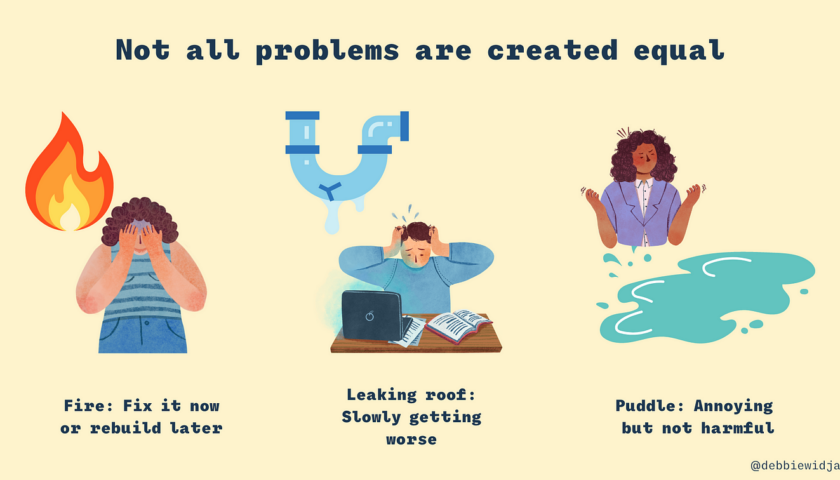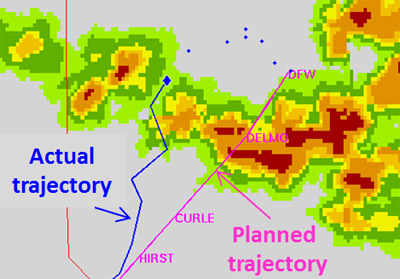Engineering as a career has attracted students in India in a big way and a large number of aspirants taking the engineering exams are testimony to this fact. Engineering is a multi-disciplined field with new disciplines and branches being added with the advancement of science and technology. Though a large number of students appear for different engineering exams not many are aware of the various career options that engineering as a profession offers. In this post, we will look at career opportunities and job prospects as an aerospace engineer.
If you choose to be an aerospace engineer then you will develop new technologies for use in aviation, defense systems, and spacecraft. An aerospace engineer often specializes in areas such as aerodynamic fluid flow, structural design, guidance, navigation, and control, instrumentation and communication, robotics, and propulsion and combustion. Aerospace engineering is a very specialized branch of Engineering that includes a detailed study of skills to design, manufacture and maintain spacecraft, aircraft, missiles, and weapons systems. It includes aspects of mechanical engineering as well as computer application, structures, mathematics, physics, drafting, electricity, robotics, aeronautics, etc. Now we will meet one of the aerospace engineers who not only worked with DRDO assisting in the development of a new aerial weapon platform and subsequently chose to be a pilot himself while working with cutting-edge technology in an international company. Mr. Amit Sarkar.
Amit over to you.
Early career
It was not very long, I realized that I am about to pass out from the Aerospace engineering department (Undergrad, Bachelor) of a prestigious institute of India (Indian Institute of Technology, Kharagpur). So that was high time for me to apply for jobs and secure one before passing out. I guess that was a tradition back in the days. It was final year days (Y2000), like other friends I was dreaming about a private job in MNC, a good salary and what not. During those days, Defence Research used to be a big name and fame too, so decided to apply in a campus selection process. After few rounds of interviews, I got selected and I was offered a government job. Shy of relief but I was kind of happy and sad on the other hand, thinking my friends are going to be in private jobs, going abroad and what not.. Anyhow, at last, I joined DRDO training centre at Pune. After training at Pune for six months, I was posted at Centre for Airborne System (CABS), Bangalore. CABS is responsible for testing and developing airborne systems (AWACS and MMR) and deliver the technology and engineering process to the production centre for military usage. I was amused and fascinated by the nature of projects there and shown keen interest in flying hence I was recommended for a Flight Test Engineers course next door called IAF TPS ASTE (Aircraft and System Testing Establishment).
I went through a tough selection process (written tests, medical tests, and on-job skill tests), lucky enough I got selected. That was my first time flying a military airplane. I was really fascinated by all the maneuvers and capabilities of a military airplane. I did not have any difficulties to adopt the military cockpit and fly with an instructor pilot. It was a memorable flight with Sqn Ldr Venugopal, we did three 8 turns spin exercises and I was able to walk out steadily without showing any sign of air sickness. From day one, I liked flying and so was determined to pursue this course. Being from a civilian background, it was really challenging for me to adapt to Airforce terms and lingos. I was lagging all the skill sets to adopt military environments there at Test Pilot School (TPS).
I was recommended by the Airforce that I go through some induction courses at AFTC (Airforce Technical College, Bangalore) so that my journey through Test Pilot School becomes easier. Yes, I spent one year in AFTC and learned about military operations and procedures along with military etiquettes and mannerisms. I made some foreign friends (Srilanka, Nepal, and Bangladesh) during that time too. Overall it was good exposure for me to be part of that Airforce officer’s group.
Next year I came back to TPS to pursue my dream to be a Flight Test Engineer (Test crew). I did not have to go through the same selection process again but had to go through rigorous medical testing (A1G1) to prove that I am medically fit to pursue this flight testing course. After getting my A1G1 medical done, I was full-time posted to ASTE for one year flight testing course.
Course duration at Test Pilot school
First thing after joining the course, I was asked to undergo some ground school courses around the country (I do remember, the first course was at Barack pore on Avro aircraft for a week then one week for MiG 21). There I got to meet all of my course mates for the first time (some are pilots and some are engineers). All of the batch mates came from a rich aviation background, having more than 8-10 years of aviation experience, I was the only guy who did not have any experience in military and or aviation. Just a fresh college pass-out guy with a bit of theory knowledge, that’s it. I was the youngest in the group. All were seniors but very friendly and I blended in that group nicely. Everyone was so humble and approachable that for any issue they were my friend, guides, and instructors. My flight test training started. It was a roller coaster ride for me. The course is high-pressure with a mix of ground classes, flight testing, and report writing. My friends always came to my rescue especially during test planning and execution of test points. Yes, it takes time to adjust to so many different types of aircraft which includes fighter, transport, and training aircraft. Once I look back to those days, I really cherish the friendship and guidance provided by my fellow mates.
Defense Projects
On completion of the course, I obtained much-coveted wings, then it was time for real projects related to aviation and defense. I got actively involved in few ongoing projects at CABS and volunteered for a few at ASTE. It was the good old days, flying all military fighter and transport airplanes. It was a privilege for me to get to know and work on military projects involving airplanes and technology.
Transition to Corporate
To pursue my ambitions in aviation, I switched over to MNC (Honeywell) in late 2004. I was assigned various roles and responsibilities from new product development to integrate the systems, ground test and flight test the product, and final certification. But what I enjoyed most was Application engineering where I was able to apply flight testing experience.
In 2014, I got the opportunity to work as FTE with Collins, where I got exposure to system integration and iron bird testing. Subsequently, I was responsible for secondary flight control (wing high lift system) testing on C Series (aka A220). I was actively involved in ground test activities, monitoring telemetry during flight test activity, and attending/answering all questions to crew members.
As part of the Global 7500 Flight Test family, I took care of secondary flight controls, electrical system and avionics integration, ground tests and flight tests, and supporting flight test activities. Starting from Iron bird testing, writing all restrictions and special Instructions for flight control systems, flight test cards, and briefing and debriefing crew members, writing company tests, witnessing certification flights, and writing compliance reports. To me, this global 7500 project gave me an opportunity to witness a full development cycle starting from building an airplane and finally certifying flight-worthy airplanes. When I look back, getting an opportunity like this is a lifetime achievement.
Flying as a hobby (Holding PPL with instrument rating)
It was my dream to fly solo after having flown as a copilot on small training aircraft to big military transport aircraft to supersonic fighter aircraft. In 2009, I took my first lesson and subsequently went solo. Today I have a private pilot license and instrument rating. I feel way better when I am with airplanes and feel more comfortable and take pride in being an aerospace engineer with wings to fly.
Message for Future Aerospace Engineers
A new century has begun. This is the century and time for new space stations and robotic probes; manned missions to other planets and moon outposts are future possibilities: urban air mobility and supersonic travel for passengers around the world. All this, and more scientific accomplishments that have not even been dreamed of, will happen because humans want to travel faster and explore the solar system and beyond. In an nutshell, if you choose to be an aerospace engineer, the future offers umpteen opportunities, good jobs and career prospects.
Safe and happy landings ..!!!
Thanks Amit for valuable guidance and sneak peek into your career, which I am sure will motivate many young engineers to pursue aerospace engineering in future.



